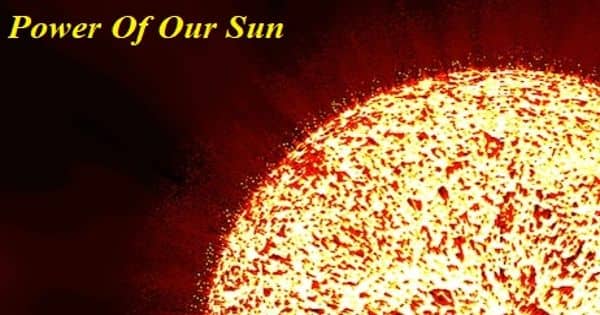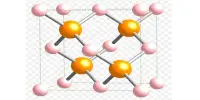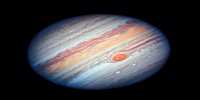The Power of Our Sun
The sun is the closest star to Earth. Even at a distance of 150 million kilometers (93 million miles), its gravitational pull holds the planet in orbit. It radiates light and heat, or solar energy, which makes it possible for life to exist on Earth. Solar power is usable energy generated from the sun in the form of electric or thermal energy.
Stars produce their energy through nuclear fusion by converting hydrogen into helium – a process known to researchers as “hydrogen burning”. Solar energy has existed as long as the sun—about 5 billion years. While people have not been around that long, they have been using solar energy in a variety of ways for thousands of years. There are two ways of carrying out this fusion reaction: on the one hand, the so-called pp cycle (proton-proton reaction) and the Bethe Weizsäcker cycle (also known as the CNO cycle, derived from the elements carbon (C), nitrogen (N) and oxygen (O)) on the other hand. Solar energy is captured in a variety of ways, the most common of which is with photovoltaic solar panels that convert the sun’s rays into usable electricity.
The Borexino collaboration, in which also scientists from TU Dresden are involved, has succeeded after more than 80 years in experimentally confirming the Bethe-Weizsäcker cycle.
The power output or luminosity of the Sun is 3.8 x 1026 W, this is the total amount of energy released from the Sun every second. The Sun’s energy is radiated outwards in all directions, consequently, the Earth receives only a small fraction of this energy. The pp cycle is the predominant energy source in our Sun, only about 1.6 per mil of its energy comes from the CNO cycle. However, the Standard Solar Model (SSM) predicts that the CNO cycle is probably the predominant reaction in much larger stars. As early as the 1930s, the cycle was theoretically predicted by the physicists Hans Bethe and Carl Friedrich von Weizsäcker and subsequently named after these two gentlemen. While the pp cycle could already be experimentally proven in 1992 at the GALLEX experiment, also in the Gran Sasso massif, the experimental proof of the CNO cycle has so far not been successful.
Both the pp cycle and the CNO cycle produce countless neutrinos – very light and electrically neutral elementary particles. The fact that neutrinos hardly interact with other matter allows them to leave the interior of the sun at almost the speed of light and to transport the information about their origin to earth unhindered. Here the ghost particles have no more than to be captured. This is a rather complex undertaking, which is only possible in a few large-scale experiments worldwide since neutrinos show up as small flashes of light in a huge tank full of a mixture of water, mineral oil, and other substances, also called scintillator. The evaluation of the measured data is complex and resembles looking for a needle in a haystack.
The sun’s energy comes from within the sun itself. Like most stars, the sun is made up mostly of hydrogen and helium atoms in a plasma state. The sun generates energy from a process called nuclear fusion. Compared to all previous and ongoing solar neutrino experiments, Borexino is the first and only experiment worldwide that is able to measure these different components individually, in real-time, and with high statistical power. This week, the Borexino research collaboration was able to announce a great success: In the renowned scientific journal Nature, they present their results on the first experimental detection of CNO neutrinos – a milestone in neutrino research.
Dresden physicist Professor Kai Zuber is a passionate neutrino hunter. He is involved in many different experiments worldwide, such as the SNO collaboration in Canada, which was awarded the Nobel Prize for its discovery of a neutrino mass.
Space observations have greatly expanded our ability to look at the Sun, at interplanetary space, and at the immediate surroundings of the Earth itself. We can now “see” many phenomena that are completely undetectable from the Earth’s surface, and we now have a much better, more complete, and more coherent picture of how events in one part of our solar system relate to activity in another.
















